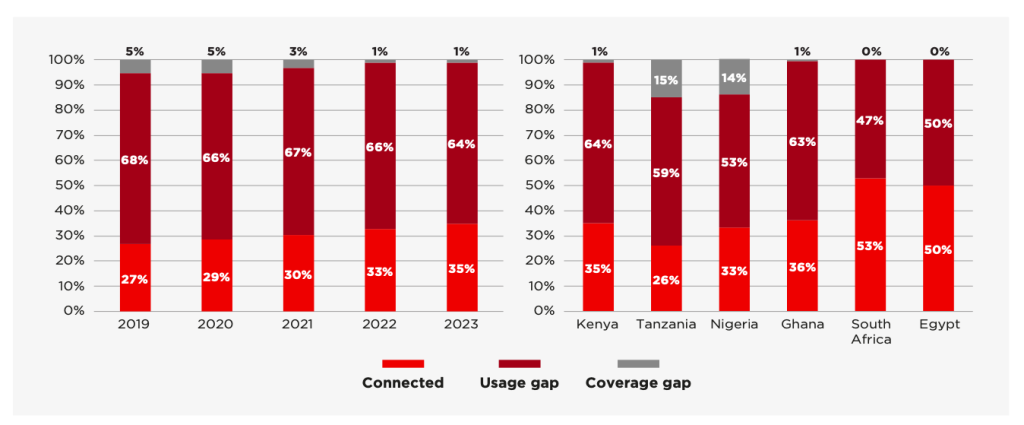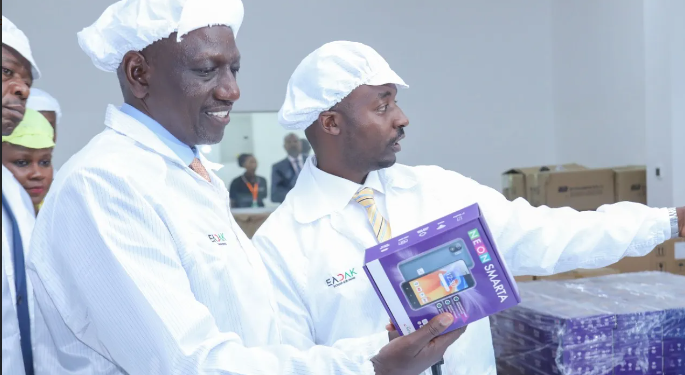The East Africa Device Assembly Kenya (EADAK) sold 360,000 devices since its launch in October last year, according to disclosures in the GSMA 2024 Kenya Digital Economy Report.
- The device assembly plant is a pioneering initiative by the government, local mobile operators, and international device manufacturers to help increase affordability of devices, and develop assembly capability.
- The factory has a capacity of up to 3million mobile phone units annually.
- The Government reduced the costs of importing some of the components, enabling the reduction of the cost of a smartphone by 30 percent.
“This assembly plant will support government’s agenda to enhance digital inclusion in the country. We have been able to achieve affordability through a collaborative approach that comprises industry partnership and favourable government policies,” said Joshua Chepkwony, Chairman of EADAK and Chairman & CEO of Jamii Telecom.
Mobile operators have introduced device financing schemes to support device affordability, for example Safaricom has partnered with Google on the Lipa Mdogo Mdogo scheme.
Additionally, it is projected that the factory will generate between 300 and 500 direct jobs, foster local talent development and contribute to the country’s economic growth.
“The launch of EADAK reaffirms our belief in the power of connectivity to transform lives and drive economic progress. This partnership underscores our relentless pursuit to expand 4G access and empower Kenyans through affordable, high-quality smartphones, create employment opportunities and grow our economy,” said Peter Ndegwa, CEO, Safaricom.
Kenya’s Digital Economy
The disclosure of the Ksh2 billion revenue from locally assembled devices is in the GSMA 2024 Kenya Digital Economy Study launched this week in a ceremony attended by Cabinet Secretary Ministry of Information and Digital Economy Margaret Ndungu.

The study identifies opportunities and quantifies the economic value of adopting digital technologies across selected sectors of Kenya’s economy. It identifies how these opportunities can be unlocked through policy reforms, particularly focusing on the key role that the mobile telecoms sector plays in supporting the process of digitalisation.
“This report identifies a series of policy recommendations that, if implemented, will close the internet usage gap from the current level of over 64% of the population to 51% in 2028. This would result in 49% of the population of Kenya being connected to the Internet, equivalent to over 10 million additional people.”
The priority policy reforms are in tax restructuring in the telecommunication industry to purposefully drive usage, implementation of policies and programmes to improve device affordability, ensuring a sustainable and predictable investment environment
Other area is in supporting productive use of digital technologies by businesses across economic sectors, with targeted policies to improve digital skills and human capital, support MSMEs and start-ups and prioritise context appropriate technologies and local needs.




